The printing durability of the printing plate refers to the highest printing quantity that can be printed by one printing plate within the range of guaranteed printing quality. Offset printing is based on the principle that oil and water are difficult to dissolve. The graphic part and the blank part are printed on almost the same plate. The printing resistance of the printing plate actually depends on the stability of the lipophilic and hydrophilic balance of the graphic part and the blank part. For any reason, as long as the stability of any part of it is destroyed, it may cause the The service life is reduced, that is, the printing plate's resistance to printing is reduced. The level of the printing plate's durability is directly related to the economic benefits of offset printing, and it is also an important condition for reducing production costs, increasing output, and ensuring printing quality. The low durability of the printing plate not only brings trouble to the offset printing operation, but also directly affects the quality of the printed product.
The printing process involves many complex physical and chemical phenomena, the impact of various environmental factors and the technical qualities of the operators. They will all change the balance of the lipophilic and hydrophilic parts of the graphic and blank parts of the printing plate to a certain extent. As a result, the durability of the printing plate is reduced. There are many factors that determine the durability of the printing plate. We will analyze it in several aspects and discuss it with our peers.
1. The quality of the printed version
At present, there are many varieties of printing plates on the market, and the quality is also uneven. When purchasing, different types of printing plates should be carefully selected to meet different printing quality requirements. When selecting, pay attention to the composition of the plate base, whether the thickness of the photosensitive resin film is consistent, whether the plate grit is too coarse or too sharp, etc. Choosing a high-quality plate material is a prerequisite for improving the printing durability of the plate, and also pay attention to The storage of the printing plate, if the printing plate is improperly stored, it is exposed to strong light to cause a small amount of exposure, or the storage time is too long and the dampness will cause the plate surface to oxidize and cause the smoothness to decline. Press resistance.
2. Technical issues of plate-making process
The solid density of the film used for printing should generally be above 3.8, the exposure should not be excessive, the developer should be stirred evenly, the water level should be appropriate, the temperature should be maintained properly, pay attention to not develop too much, the development machine should maintain a balance, the blade speed should be uniform.
Layout trimming should be thorough. When wiping the revision paste after revision, wipe it with a large amount of water while wiping it to the non-graphic part, which cannot cause the local resin film to be thinned. The baking temperature should not be too high or excessive. Only by strictly operating in accordance with the technical requirements of the plate-making process can the printing plate maintain high printing durability. [next]
3. Problems caused by improper adjustment of plate installation
When installing the plate, make sure that there is no foreign matter on the back of the plate. The plate liner should maintain an appropriate thickness. Adjust the pressure between the plate and the water roller, blanket, and ink roller to avoid too much pressure between each other. During the debugging process, when the printing plate is not inked, the machine should not be idling for too long when the water roller is against the plate. When wiping the dirt on the printing plate with wetting powder, it is not appropriate to apply too much force to the graphic part, so as not to damage the resin film on the printing plate. Do not continue to use the aging water roller cover or blanket, and replace it in time. If there is too much ink accumulated on both sides and tail of the blanket, it should be scrubbed clean, and the blanket should be scrubbed carefully after each edition change. The water roller should also be cleaned frequently with cleaning agent or gasoline. The cleaning roller or gasoline residue should not be left on the water roller sleeve after washing. The hardened ink stain on the water roller should be scraped off carefully. It is not advisable to use pads with too much hardness. Uneven pads should be flattened or replaced to avoid serious plate wear. If the blanket is too loose, it should be fastened, especially the new blanket and pad. There will be slack afterwards and should be tightened in time. At the same time, pay attention to the tightness of both ends of the blanket to avoid too loose at one end and too tight at one end.
4. Problems caused by machine wear
The machine wear of the printing plate is the main source of the reduction of the printing resistance. It is a complex process composed of many factors, and due to the effects of lipophilicity and hydrophilicity, different parts of the printing plate will also be worn to varying degrees. At present, the role of pressure is still indispensable in the offset printing. If there is pressure, friction will inevitably occur. Due to the friction, the graphic parts and blank parts of the printing plate are worn away and the balance of lipophilicity and hydrophilicity is lost. The main factor of force reduction.
When the roller sleeve of the printing press is seriously worn, the amount of turbulence increases, and the impact force of the water roller, the ink roller, and the blanket cylinder on the printing plate during printing will increase, which directly leads to the reduction of the printing plate's resistance to printing. When this happens, the corresponding accessories should be replaced or properly repaired. When it is not too serious, it can be cleaned with rubber cleaning reducing agent, and pay attention to the printing speed should not be too high. [next]
5. Problems with paper, ink and water
If the paper has too much paper powder, contains sand or sand, and the PH value is too high or too low, it will affect the blanket and the printing plate. When the paper is powdered and fluffed, the blanket should be scrubbed frequently to prevent the sand from wearing the plate . The PH value of the water bucket should be kept at 5-6 during printing, and the water bucket should be cleaned frequently to prevent the water bucket from corroding and deteriorating, causing the printing plate to be corroded and dirty, which seriously affects the durability of the printing plate. Ink should be adjusted appropriately according to different varieties and quality requirements of different printed products, so as to properly adjust the adjustment oil, desalting agent, dry oil, etc., to avoid the ink viscosity is too high and reduce the durability of the printing plate. Since the ink itself has a certain protective effect on the resin film of the printing plate, it should be noted that the amount of ink used should not be too small when printing, otherwise it will be easier to wear the printing plate and reduce the printing resistance.
Through the above analysis, we can take some measures from the printing process to improve the durability of the printing plate:
â‘ On the premise of ensuring the printing quality, keep the minimum pressure between each cylinder to reduce the friction of the plate.
â‘¡ As far as possible, ensure that the surface linear speed of each roller and ink roller is equal, and reduce plate wear caused by slip.
â‘¢Under the principle that the printing plate is not dirty, use the least amount of water and keep the normal water supply to prevent water and ink.
â‘£ Correctly grasp the PH value of the water bucket liquid, and keep it within an appropriate range, the change should not be too big.
⑤ Maintain the normal ink supply to prevent large and small.
â‘¥ Control the thickness of the ink layer to prevent the spread of the imprint.
⑦ Strictly control the emulsification value of the ink, and remove the ink roller deinking caused by emulsification in time.
⑧ Reasonable use of driers to prevent early drying of printed surfaces.
⑨Promptly wipe the glue to protect the printing plate when it stops, to prevent the printing plate from becoming dirty.
â‘© Avoid all kinds of man-made damage from the process.
Selection: Our company made Golf Tee all use of high quality hard wood, so that the golf tee is not easily deformed, broken, let the ball play the role of support.
Paint: 100% use international environmental protection water paint, with non-toxic, tasteless, smooth, bright effect, can let you rest assured use.
According to the needs of different customers, we can customize the ball nails with different specifications and colors, such as size: 1 1/4", 2 1/8", 2 3/4", 3 1/4", 4", such as
white, red, green, natural, black, fluorescent, gold and so on. According to the different needs of the guests, there are large packaging, small packaging, card packaging, hot sealing packaging and so on.
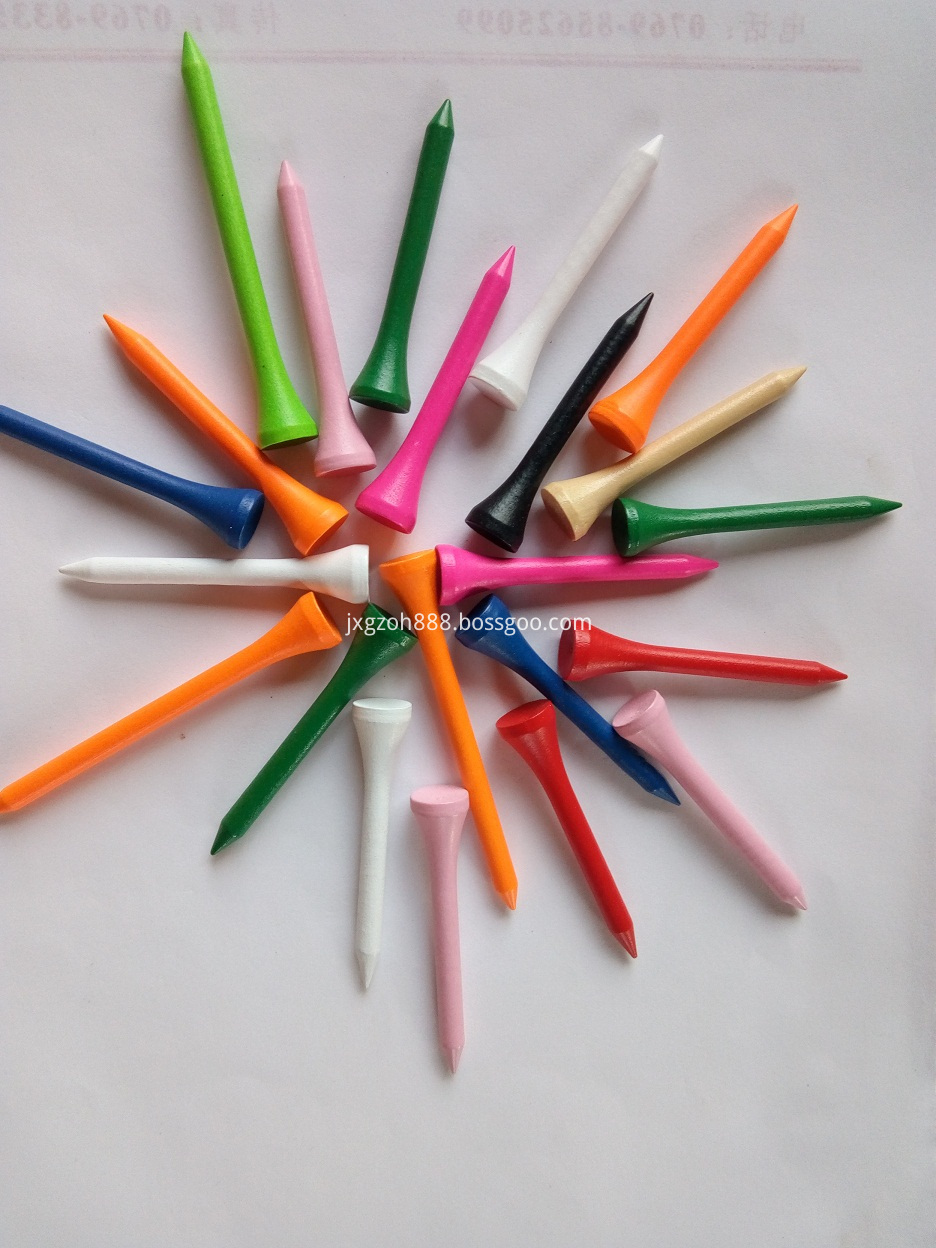
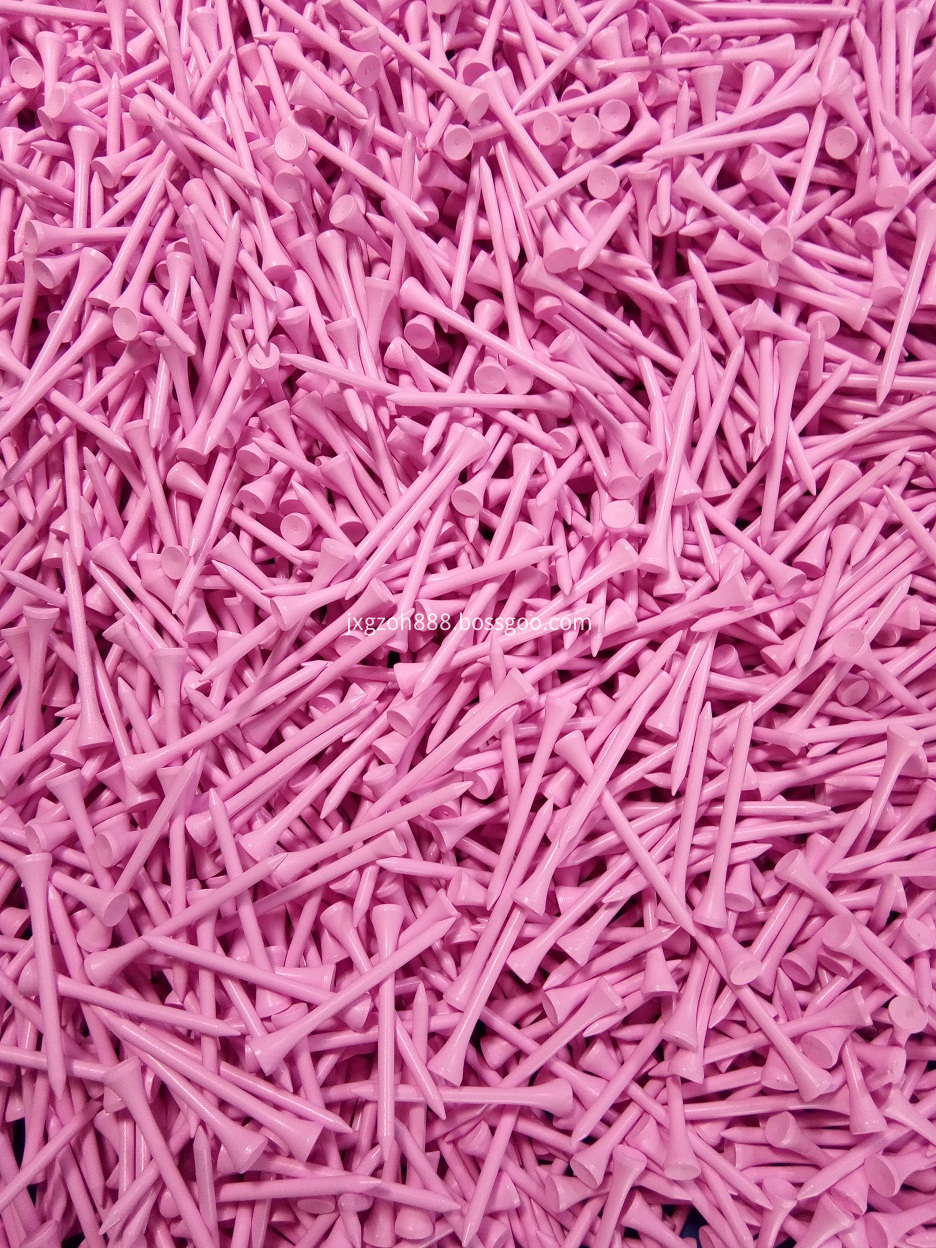
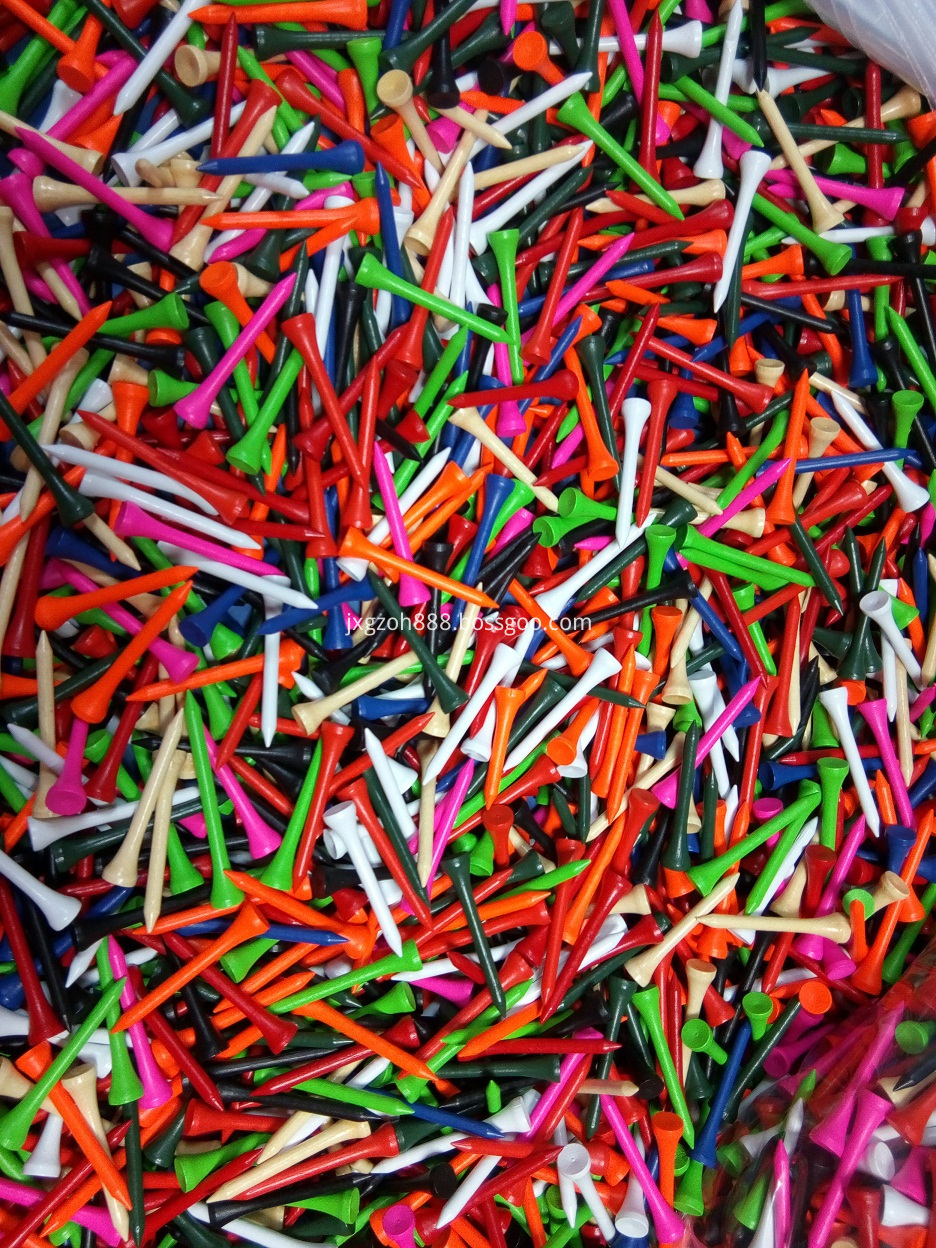
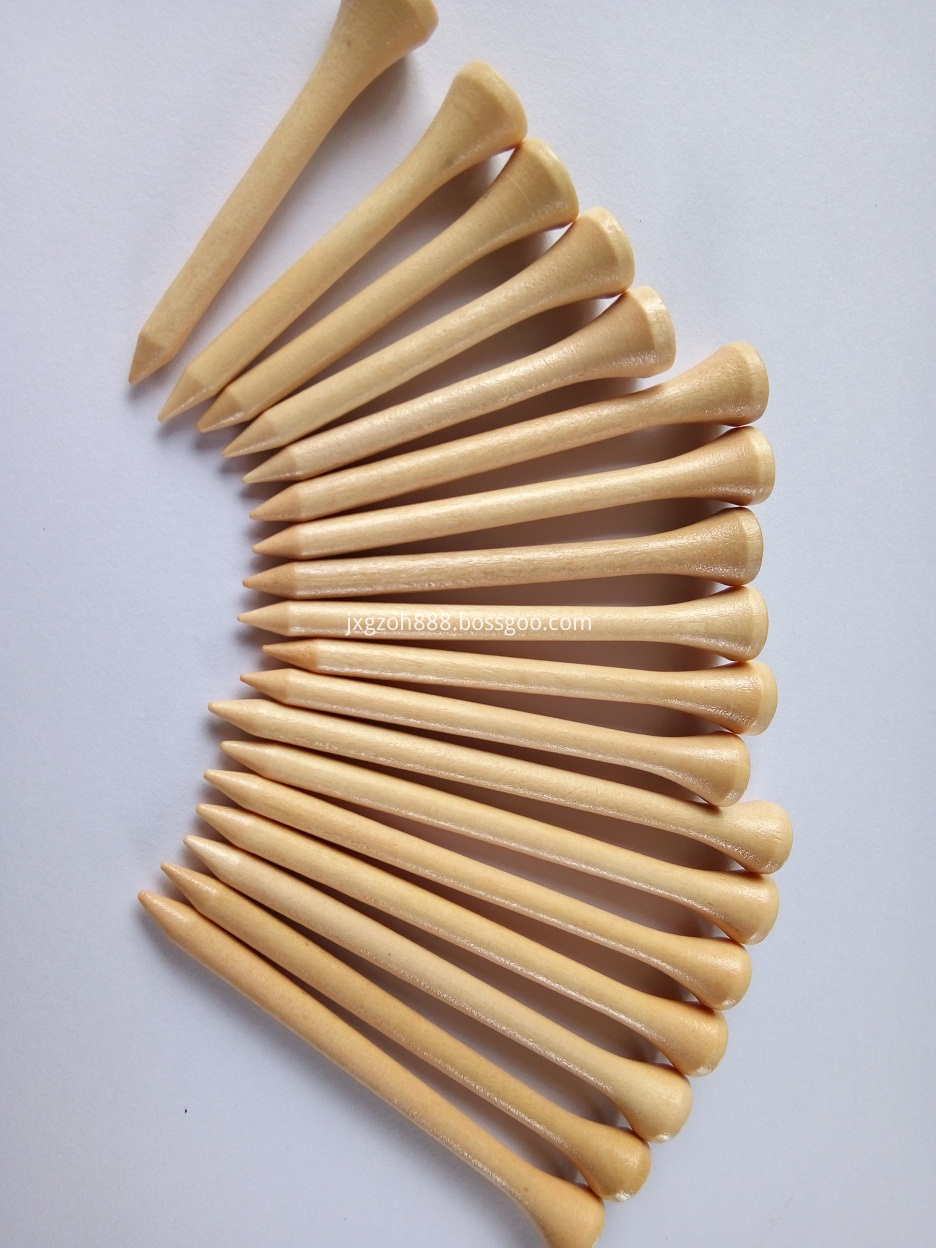
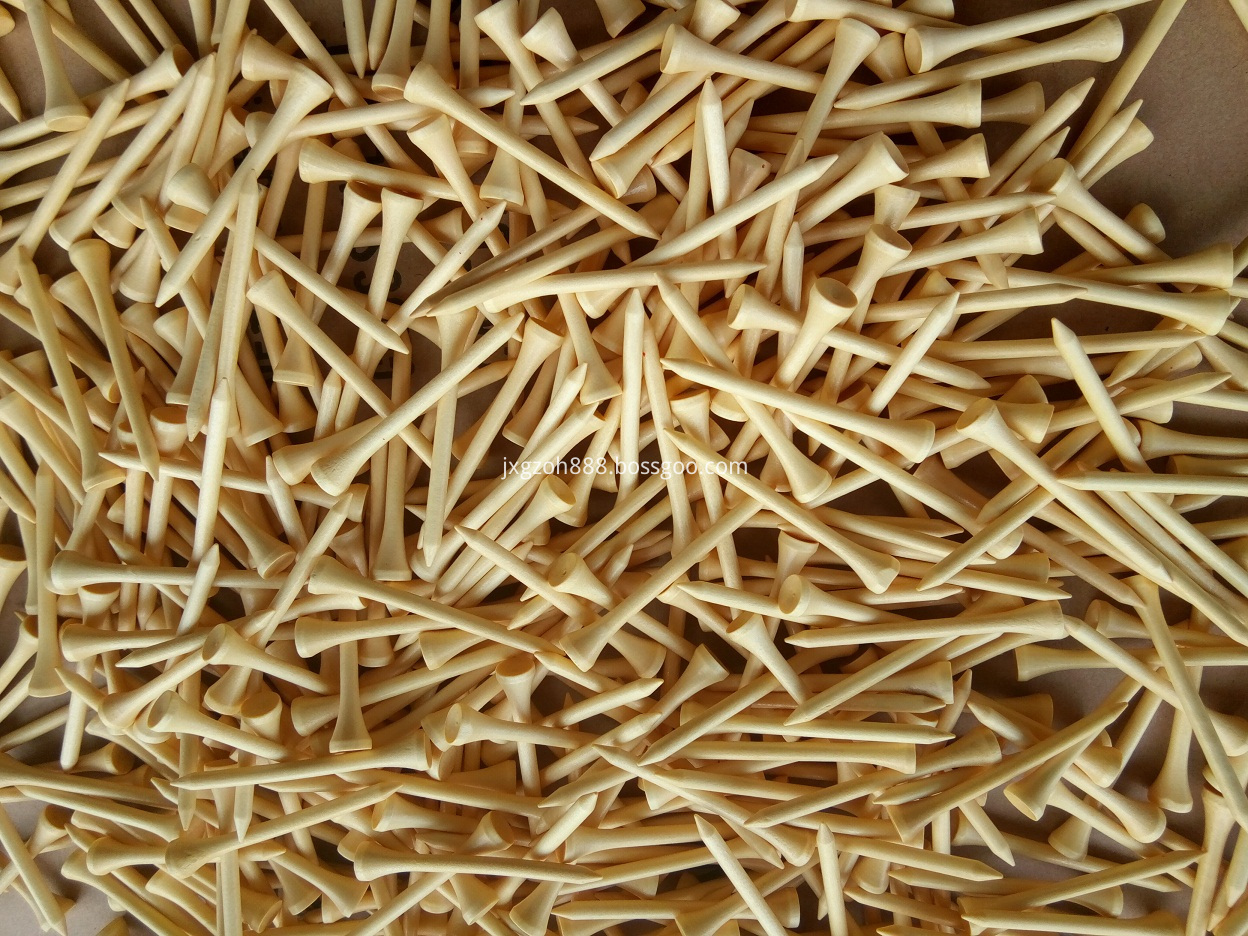
Wooden Golf Tee,Bamboo Golf Tee,Colorful Wood Golf Tee,Custom Wooden Golf Tees
Jiangxi Yingkai Wood Products Co., Ltd. , https://www.anjufurniture.com